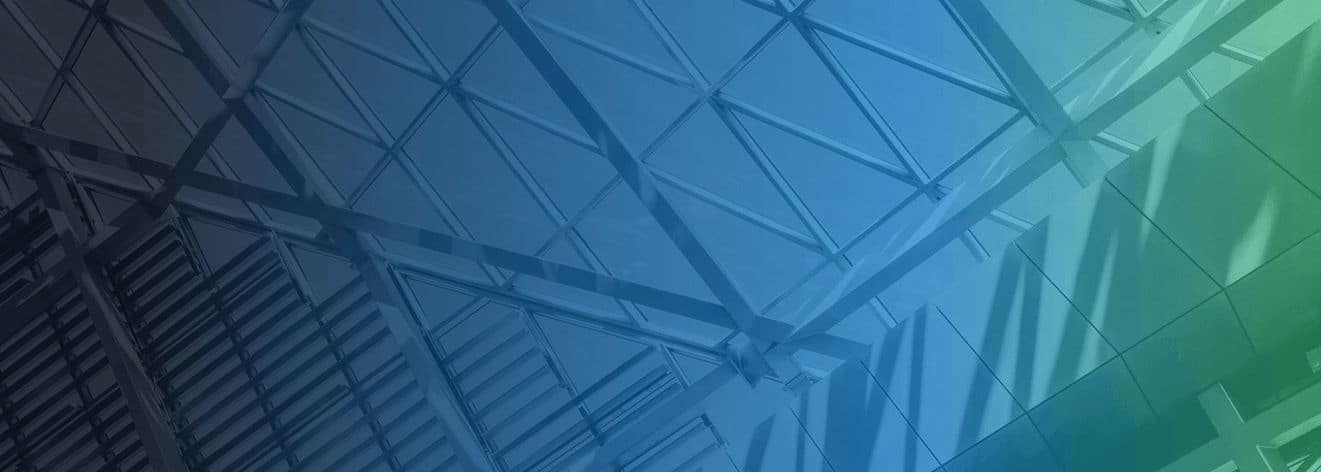Applying ASC 842: The Impact of COVID-19
Updated 4th March 2025 | 5 min read Published 24th July 2020

The issuance of Topic ASC 842 by the Financial Accounting Standards Board (FASB) took many years of planning, consultation, drafting and submission prior to its acceptance as a new lease standard in 2016 – it has not always been zealously adopted. COVID-19 appeared in Wuhan, China in December 2019 and has subsequently literally gripped the world.
ASC 842 was seen to have a significant impact on financial reporting as it would require companies to account for operating leases as balance sheet items rather than revenue expense. A likely result would be increased debt, increased assets, reduced costs and more transparent financial statements. Whole industries, sectors and individual companies within them would all be affected.
The pandemic’s impact on the global economy is just as likely to lead to increased debt and affect whole industries, sectors and companies. The difference, we all know, is that sadly this is not a change in the way we might account for assets and liabilities but a question mark over the ability of many companies to utilize assets and settle liabilities. Companies will be furloughing staff, writing down forecasts and trying to provide evidence that they can operate safely remain a going concern if and when they exit lockdown.
The present climate of challenge and change does offer some opportunity though in that entities that have, until the point, not transitioned fully to the FASB ASC 842 might now accelerate compliance projects. The accounts department of many businesses will no doubt be engaged in debt collection, payroll management, staff lay-offs and taking advantage of government-backed incentives such as furloughing schemes, tax holidays and interest-free guaranteed loans but there is a window here that suggests it is a time to understand, collate and consolidate the lease portfolio.
During the lockdown, all businesses unless engaged fully in essential services should be reviewing their leased asset base and deciding just what is where and what is needed now and post lockdown. Whilst executing these actions, wise managers will be revisiting documentation and lessors to ensure that any advantageous opportunities available in options are taken.
“Carpe Diem,” said the Romans and they knew a thing or two about managing through crises and plagues by keeping one step ahead and taking the full benefits whenever they became available. Like your lease portfolio, Rome wasn’t built in a day but took careful planning, financing and management resulting in an enterprise that lasted 4 centuries or more.
Enough of analogies and time for you, the financial officer, to seize the day and get to grips with just how many chariots, catapults and forums you have on lease (sorry about that!), how many leases are involved, what are the terms and when do they end. Can you speak with lessors and wring out concessions in the form of early asset returns, reduced payments or rental holidays – if you can then your business will be better financially and administratively when it does emerge from the effects of lockdown.
Follow these simple steps to attain not just ASC 842 compliance but savings in rental commitments, improved asset management and economies in audit costs. Size the work then take a good look at what solutions are already available in the market to make that journey to compliance that much safer, that much more secure and so much easier.
The Challenge
To successfully transition the business will need to:- locate all of its extant lease agreements
- centralize the portfolio of leases contracts
- identify all assets subject to lease agreements
- reclassify all operating leases, unless specifically exempted, under the single lease accounting model
- understand the new lease standard
- prepare perhaps using EXCEL a file of assets with their costs, leases and liabilities
- establish interest rate applicable to leases or internal borrowing rates to be applied
- use all of the above to generate the journals for amortization of the assets
The Solution
The business that successfully transitions to the ASC 842 and IFRS 16 new lease accounting standard will be best served by a system- utilizing a cloud-based proven software solution such as LOIS Lease Accounting
- which allows multiple users with specific levels of authority
- that allows spreadsheet uploads of lease data and equally capable of generating excel type downloads as well as reports
- able to generate the entries for the ERP general ledger employed by a business
- that can perform impact modeling of how compliance will affect the P&L and balance sheet as different options, exemptions and expedients are employed
- that keeps a full audit trail right through the life an asset as well as a lease agreement of extensions, returns, upgrades and modifications
- that holds details of lease documents and generates alerts for lease expiries and reminders for return conditions
- designed to manage lease components and non-lease components of an agreement
- with in-built functionality to handle “right of use” assets, liabilities and amortization
- built for fully retrospective and for modified retrospective approaches
- that allows searches by lease, by asset, by date or by any other recorded key
- that can manage and account for the sort of events thrown up in the current crises
-
- rental holidays
- rental reductions
- asset returns
- lease extensions
- changes in the likelihood of option elections
The Benefits
The spin-offs will be myriad even for companies with a sizeable well-managed lease portfolio as post compliance a business will have:- centralized lease management through authorized users located anywhere by use of LOIS Lease Accounting
- a cloud-based centre for documentation, history and reports
- a system capable of automatically classifying and recording lease agreements together with the associated non-lease elements, right of use asset, liability, interest rate and indirect costs.
- a one-stop repository for all your lease data and your leases assets
- a home for all your lease documentation
- a transparent and clear view of your lease liabilities & commitments for internal and interested external parties
- improved forecasting of liabilities, expiries and returns
- management of change
The Final Step
- appoint a team to or take ownership of the compliance challenge
- take time to evaluate suitable software option such as LOIS Lease Accounting
- speak with other businesses that have accomplished compliance
- engage with your auditors to discuss transitions options, judgements, practical expedients and exemptions.
- Request a free consultation and demo of IRIS Lease Accounting's proven lease accounting software




